
Birth, like life, is never risk-free. Before being able to say where on the safety spectrum an elective c-section lies, we would first have to look into the safety of vaginal births. It's fair to say that any vaginal delivery holds the risk of complications, including death. But at the same time, the vast majority of low-risk pregnancies end with healthy births that are uncomplicated. How about the general risks of a cesarean section, quite apart from any complications that make neonatal outcomes worse? Let's take a look at the most common complications after cesarean for mothers:
Infection of the incision site. Heavy blood loss, and the requirement of a blood transfusion. Maternal death. This is very rare, at around 6 in 100,000 according to several sources, but the rate is is still higher than for low-risk vaginal birth, by three times according to several sources we looked at. Headaches persisting in the period following the c-section. This is linked to anesthesia. Bowel problems.And for babies, the risks are significantly more scary. They include the baby being injured during the delivery while an incision is being made, premature birth (since elective c-sections obviously take place before the mother went into labor naturally, it can even be argued that all elective c-sections result in premature births) and the need to stay in the NICU due to prematurity.
In addition, c-section babies have a higher rate of respiratory problems because the fluid that resided in the lungs during pregnancy is not expelled naturally, as it would have been during a vaginal birth, which involves squeezing through a tiny space. C-section babies may be more vulnerable to infection too, because maternal bacteria do not get the chance to colonize the baby during delivery, as with a vaginal birth.


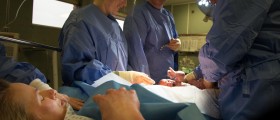



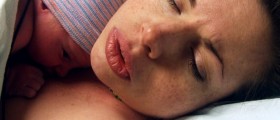

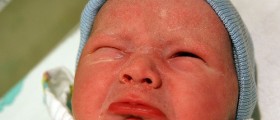
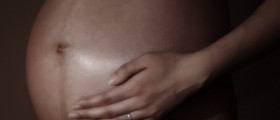

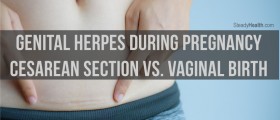



Your thoughts on this
Loading...